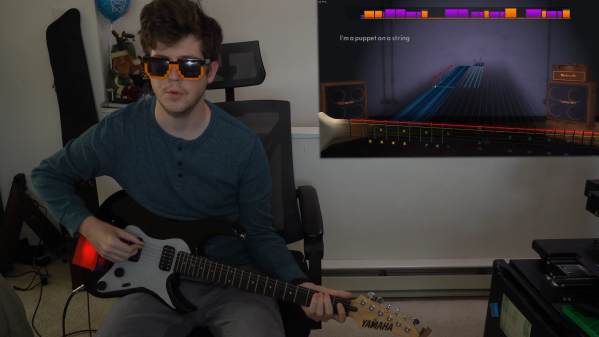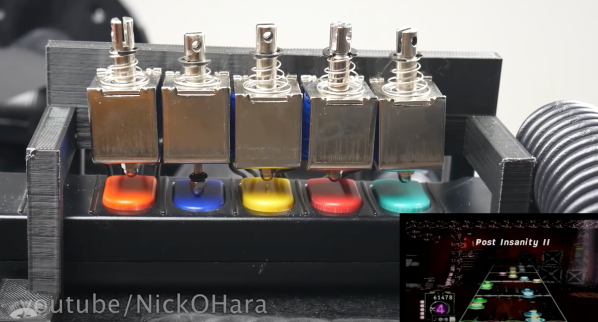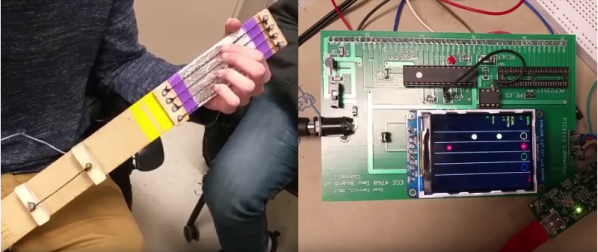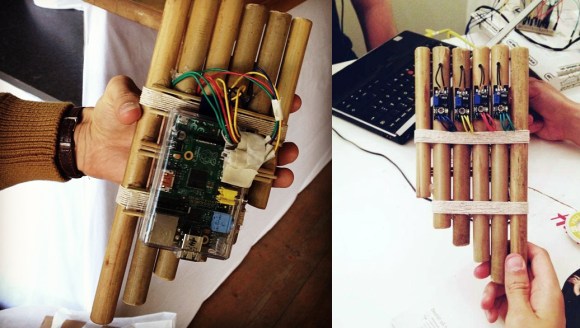Rocksmith is a popular video game that works like Guitar Hero, but with a real guitar. You have to play well and hit the right notes, or the game penalizes your score. [Lightwing] took the stakes up a notch, though, adding a system that shocks the player every time they fail.
To achieve this, it was necessary to detect when the player missed a note. Initial attempts involved using Tensor Flow AI to detect the game state from the screen, but it was unreliable. Instead, the game’s memory was read to achieve detection. When the player misses a note, a certain section of memory changes, and a script reads the change in game state. It then sends a signal to an Arduino which triggers the stun gun’s fire button, which shocks the player holding the guitar.
As you might expect, the documentation for this project includes a video which involves plenty of gratuitous electric shocks when [Lightwing] makes mistakes. Fair warning — there’s plenty of colorful language when the stun gun fires. Generally, a powerful shock ends with screams a dropped guitar, and too much fear to continue.
It’s painful enough that it’s probably not a useful teaching tool for learning the guitar. We’ve seen similar shocking builds before, too, like this simple wire game.
Continue reading “Electric Guitar Shocks You For Missing A Note”


















